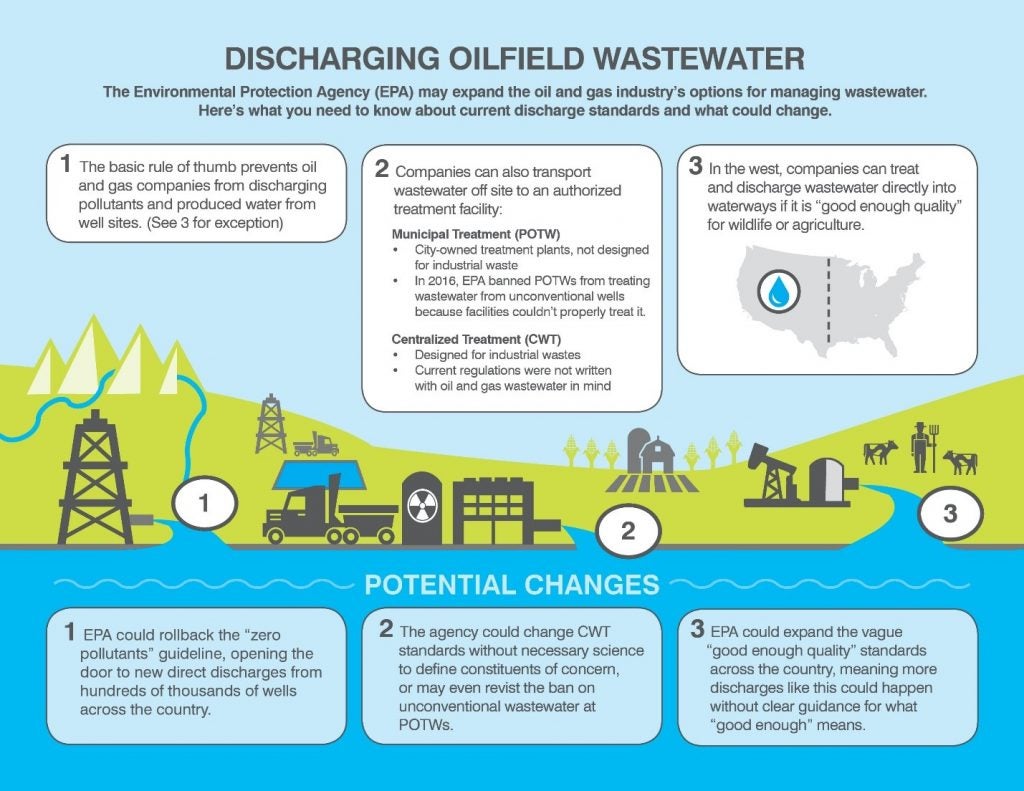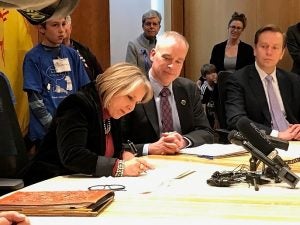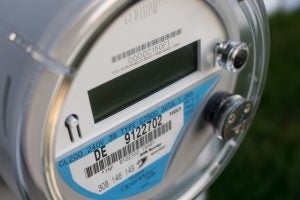 Methane is a powerful pollutant responsible for more than 25 percent of climate change we experience today—and the oil and gas sector is the largest industrial source of methane emissions. Recent scientific evidence only underscores the importance of addressing methane emissions from the oil and gas industry.
Methane is a powerful pollutant responsible for more than 25 percent of climate change we experience today—and the oil and gas sector is the largest industrial source of methane emissions. Recent scientific evidence only underscores the importance of addressing methane emissions from the oil and gas industry.
Unfortunately, at the request of the American Petroleum Institute (API) and others in industry, the Trump administration has issued a proposal to dramatically weaken common sense standards that address oil and gas emissions, allowing for an increase in pollution. In addition, reports suggest that EPA is moving forward with a second proposal that could entirely remove the direct regulation of methane in the oil and gas sector, which would fly in the face of the well-established scientific record documenting the harms of this powerful pollutant and would disregard the substantial amount of pollution emitted from oil and gas sources.














